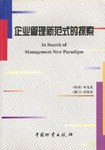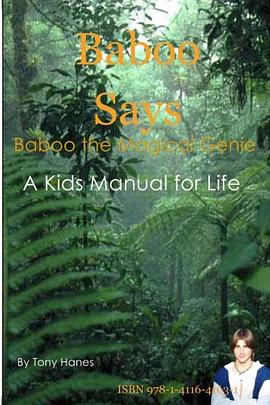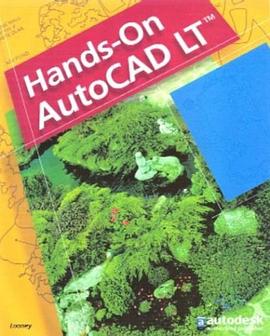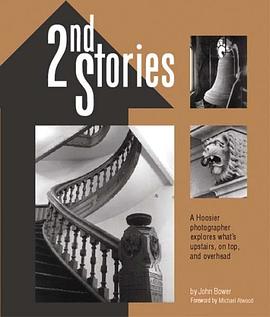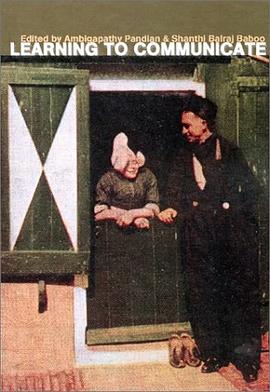

具體描述
The current information and communication age means that we are living in highly communication-dependant times. As such, it is important to equip students with a wide range of knowledge and skills with which to negotiate and shape their living environment.
Learning to Communicate observes that learning, language and communications are intricately linked and that language is a major means by which people learn and communicate. It is vital that those engaged in learning activities assist learners to understand and communicate their ideas and express throught in meaningful ways.
This book is concerned with learning in a general sense as well as more specific contexts that demonstrate the creative work undertaken in some schools in different parts of the world. The thoughts presented by the authors is concerned with learning to communicate ideas and experiences that enable learners to make judgements and to take responsibility for their own thinking and learning.
The viewpoints and ideas examined include:
* literacy behaviour, social interaction and performance of trainee teachers;
* enabling communication between the person with autism and the person without;
* the effects of using interactive hypermedia text in classes;
* patterns of style shifting in the speech performance of second language learners of English;
* parent and student perceptions of oral reading changes;
* a comparison of the implementation of a cooperative learning project for students using English as an additional language in two different schools;
* the role of critical literacy and cultural studies in teaching English as a foreign language.
This book strongly suggests a need to rethink strategies for preparing learners from different backgrounds to cope with the challenges posed by rapidly changing circumstances.
著者簡介
圖書目錄
讀後感
評分
評分
評分
評分
用戶評價
相關圖書
本站所有內容均為互聯網搜索引擎提供的公開搜索信息,本站不存儲任何數據與內容,任何內容與數據均與本站無關,如有需要請聯繫相關搜索引擎包括但不限於百度,google,bing,sogou 等
© 2025 book.quotespace.org All Rights Reserved. 小美書屋 版权所有





